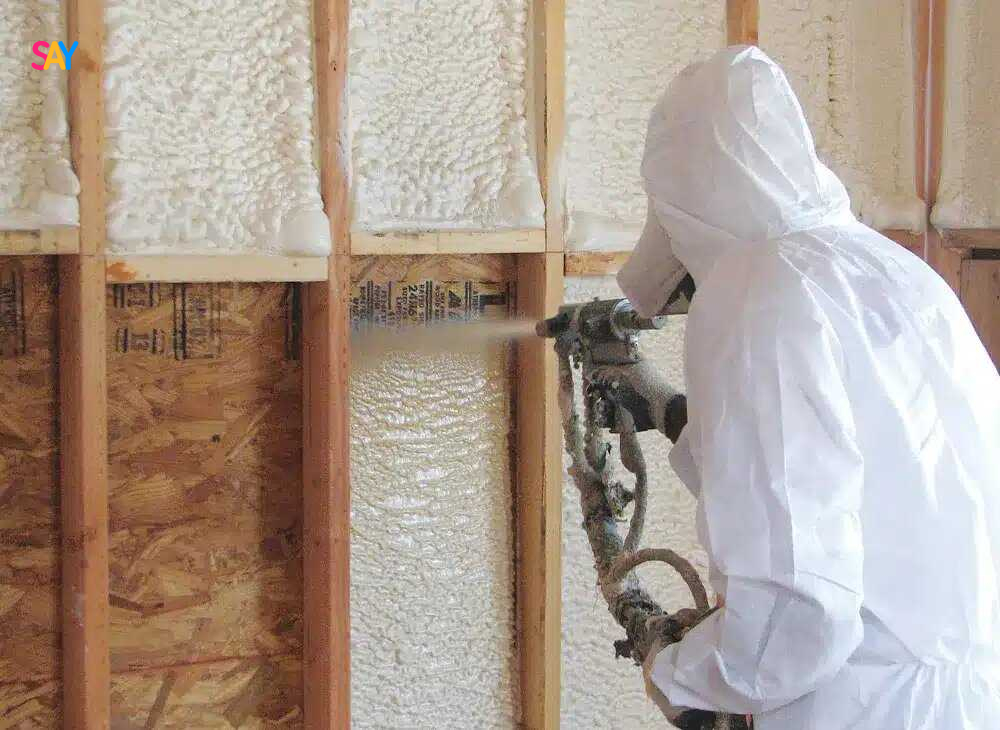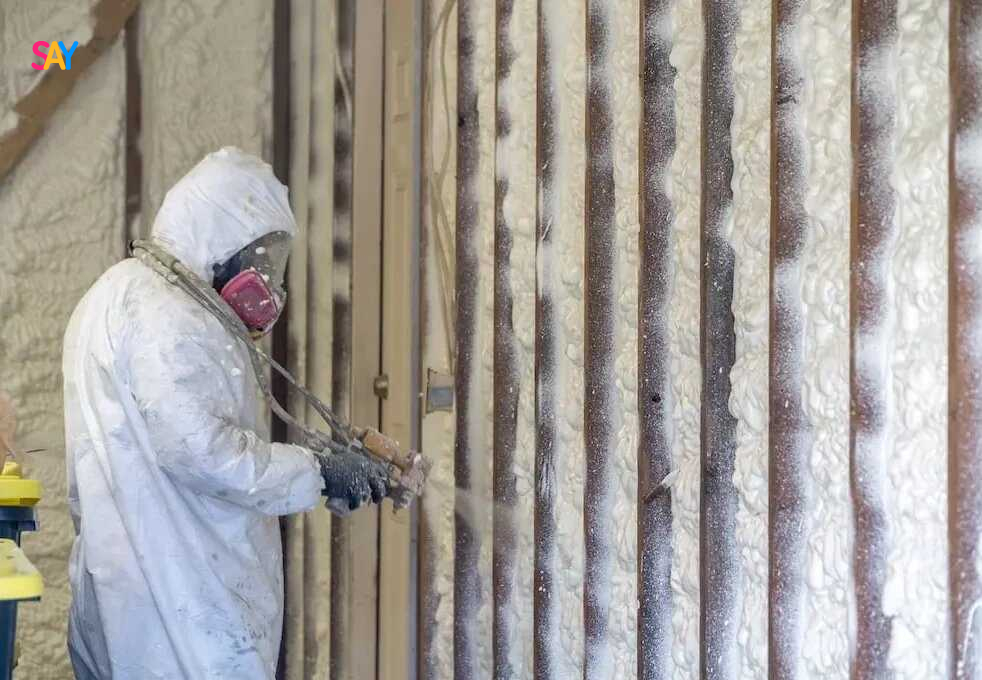Advanced insulation technology saves you money by significantly reducing the amount of energy needed to heat and cool a building. These innovations prevent heat transfer far more effectively than older materials, resulting in lower utility bills, decreased maintenance costs, and increased property value. Proper insulation improves energy efficiency, and over time, the initial investment returns significant savings.
This article explains how modern insulation works, compares different advanced options, shares essential technical details, and provides a guide to making the best financial decision for your project.
Understanding Advanced Insulation Technologies
Advanced insulation technologies utilize sophisticated materials designed to maximize thermal resistance, minimize air infiltration, and resist moisture. Unlike traditional fiberglass or cellulose, these technologies offer higher performance per inch, longer lifespan, and better integration with modern building systems.
[Image: Cross-section diagram showing advanced insulation layers in a wall]
Key Types of Advanced Insulation
Insulation Type | Description | Common Applications | Average R-Value per Inch |
Closed-Cell Foam | Dense, rigid material that resists air and moisture | Walls, roofs, basements | R-6.0 to R-7.0 |
Vacuum Insulation Panels (VIPs) | Ultra-thin panels using vacuum-sealed technology | High-efficiency buildings, refrigerators | R-25 to R-30 |
Aerogel Insulation | Highly porous, lightweight material | Space-restricted areas, pipelines | R-10 to R-15 |
Structural Insulated Panels (SIPs) | Panels with insulation cores bonded between boards | New construction for walls, floors, roofs | R-4 to R-6 |
Bonus Tip: Closed-cell foam insulation also reinforces structural elements, enhancing building durability against storms and seismic events.
Financial Benefits of Advanced Insulation
Immediate and Long-Term Savings
Investing in modern insulation technologies results in both immediate and cumulative financial gains:
- Lower Energy Bills: Improved thermal performance means less energy is needed to maintain indoor temperatures.
- Reduced HVAC System Wear: Lower demand reduces mechanical wear, cutting repair costs and extending lifespan.
- Tax Credits and Incentives: Some governments offer rebates or tax reductions for installing energy-efficient insulation.
- Higher Property Values: Homes and buildings with documented high-efficiency upgrades often sell faster and for higher prices.
Market Data Supporting Insulation Upgrades
According to the U.S. Department of Energy, households can save up to 20% on heating and cooling costs through insulation improvements. In commercial real estate, properties with high-performance insulation often enjoy a 5%-10% higher valuation compared to non-retrofitted equivalents.
[Image: Chart comparing utility bill reductions after insulation upgrades]
Bonus Tip: Confirm whether your insulation upgrade qualifies for regional green certifications, which can further enhance resale value.
Technical Specifications and Performance Data
Specification | Closed-Cell Foam | Vacuum Insulation Panels | Aerogel | Structural Insulated Panels |
R-Value per Inch | 6.5 | 28 | 12 | 5 |
Water Resistance | High | Moderate | Moderate | Moderate |
Thickness Requirement | Moderate | Low | Very Low | High |
Fire Resistance | High | Moderate | Very High | Moderate |
Typical Lifespan | 50+ years | 25 years | 50+ years | 50+ years |
The table highlights that while VIPs offer the highest R-value per inch, they are more fragile and expensive. Closed-cell spray foam insulation offers a strong balance between cost, performance, and durability, making them a common choice for both residential and commercial projects.
Things to Consider Before Making a Decision
Choosing the right advanced insulation system requires careful assessment of your building's needs, budget, and future plans.
Climate Zone
- Cold Regions: Higher R-values are critical to prevent heat loss.
- Hot Regions: Reflective insulation and low-emissivity materials become more valuable.
Buildings in mixed climates should aim for materials that balance both heating and cooling needs.
Building Use and Occupancy
- Residential Structures: Focus on occupant comfort, indoor air quality, and utility savings.
- Commercial Structures: Emphasize ROI timelines, local building codes, and potential tax incentives.
Upfront Costs vs Lifetime Savings
Although premium insulation options can cost 2–3 times more upfront compared to basic alternatives, their energy savings often repay the difference within 3–7 years.
Bonus Tip: Perform a blower door test to find hidden leaks before committing to any insulation method. This can help you maximize your insulation’s effectiveness.
Installation Complexity
Some advanced systems like VIPs require precision installation by certified contractors to achieve their rated performance. Improper installation can negate potential savings.
Common Questions About Advanced Insulation Technology
Why do better insulation materials save so much money?
Superior insulation minimizes heat transfer, reducing how often HVAC systems must operate. Less runtime translates directly into lower utility bills and maintenance expenses.
How long does it take to recoup investment costs?
Depending on your location and the insulation type used, most homeowners and building managers see full payback within five to seven years after installation.
Are all high-performance insulations eco-friendly?
While many newer products use greener manufacturing processes, environmental impact varies. Always verify certifications like GREENGUARD or Energy Star for eco-friendly assurance.
Can insulation upgrades qualify for tax credits?
Yes, especially under programs like the Energy Efficient Home Credit (45L) or local utility rebate programs. Eligibility requirements vary, so check regional policies before starting.
What happens if insulation is installed incorrectly?
Misapplied insulation can trap moisture, reduce R-values, and create mold issues. Professional installation is critical for maximizing performance and lifespan.
How Advanced Insulation Technology Saves You Money FAQ
What insulation type has the highest R-value per inch?
Vacuum Insulation Panels (VIPs) currently offer the highest R-value per inch, ranging between R-25 to R-30.
Can insulation reduce cooling costs in hot climates?
Absolutely. Proper insulation blocks heat gain during summer months, dramatically reducing the load on air conditioning systems.
Does insulation performance decrease over time?
Some materials, like foam and aerogels, maintain their effectiveness for 50+ years, while others, like fiberglass, may settle or degrade faster.
Are hybrid insulation systems a good idea?
Yes, combining different insulation types can target specific weaknesses in a building’s thermal envelope for superior results.
How can I tell if my building needs an insulation upgrade?
Signs include fluctuating indoor temperatures, high utility bills, drafts, and visible gaps around windows or doors.
Make the Right Decision
Selecting the right advanced insulation technology is one of the most powerful financial moves property owners can make. Not only does superior insulation slash operating costs, but it also improves comfort, extends building lifespan, and increases market value. Focus on your building’s specific climate, design needs, and future plans when selecting a system. Evaluate lifecycle costs instead of just upfront pricing to ensure you make a decision that saves the most money in the long run.






